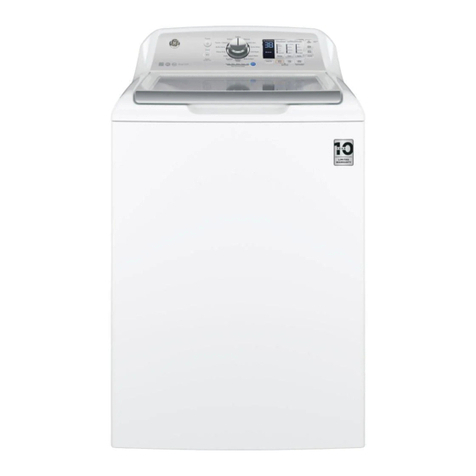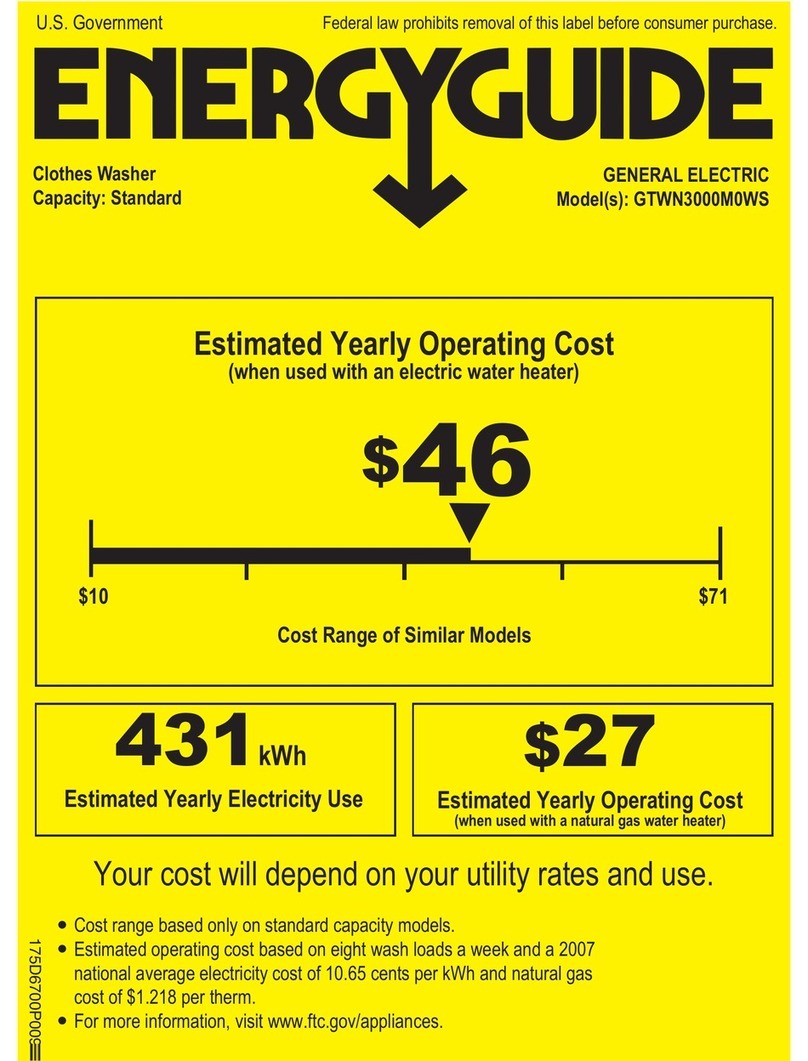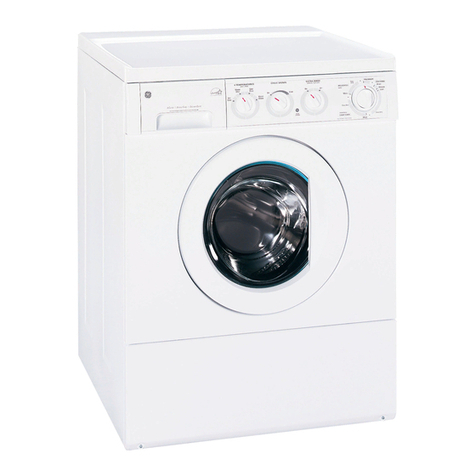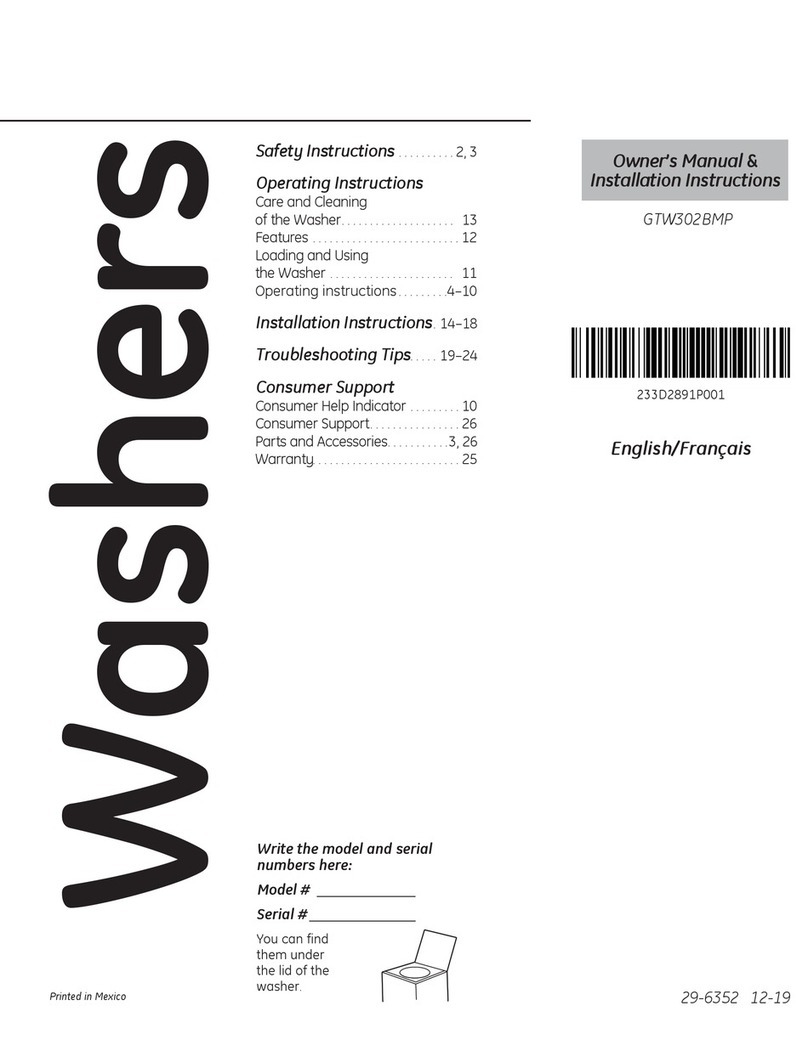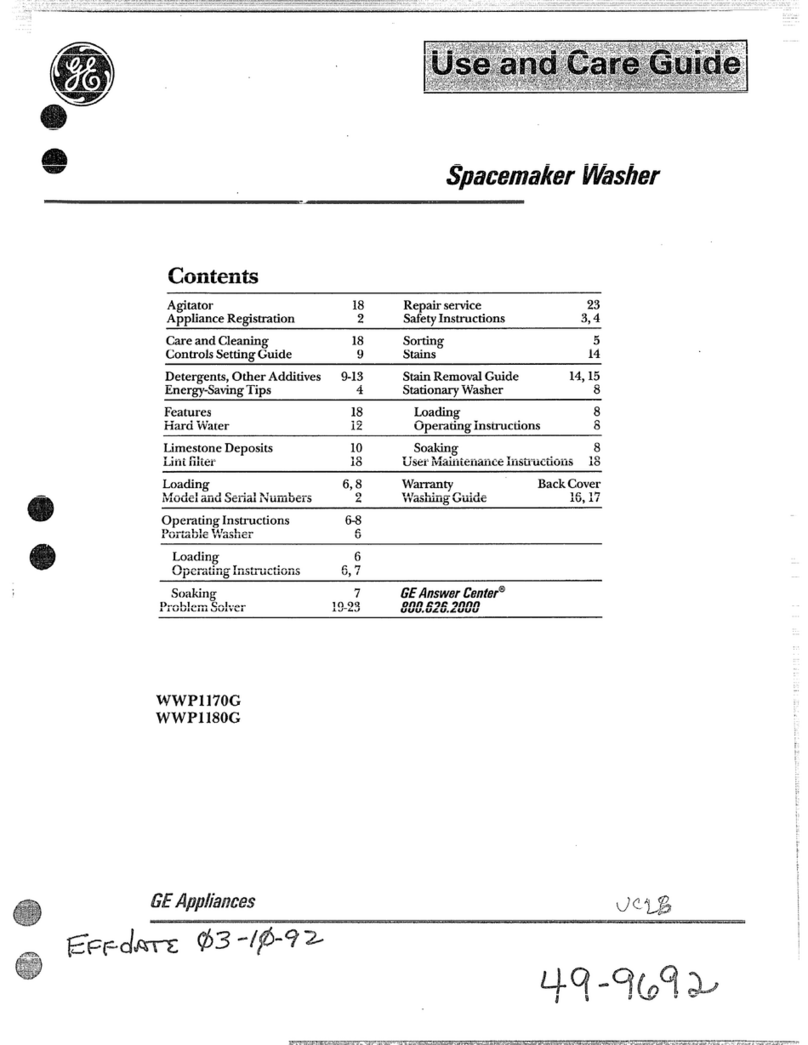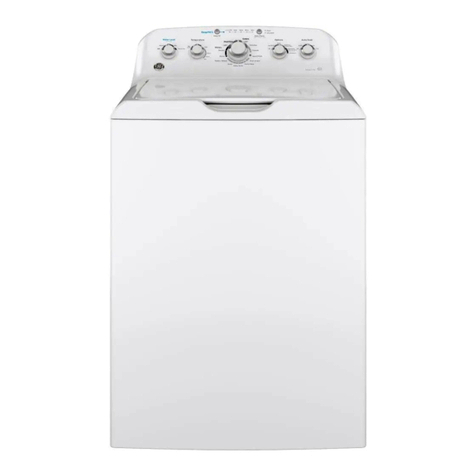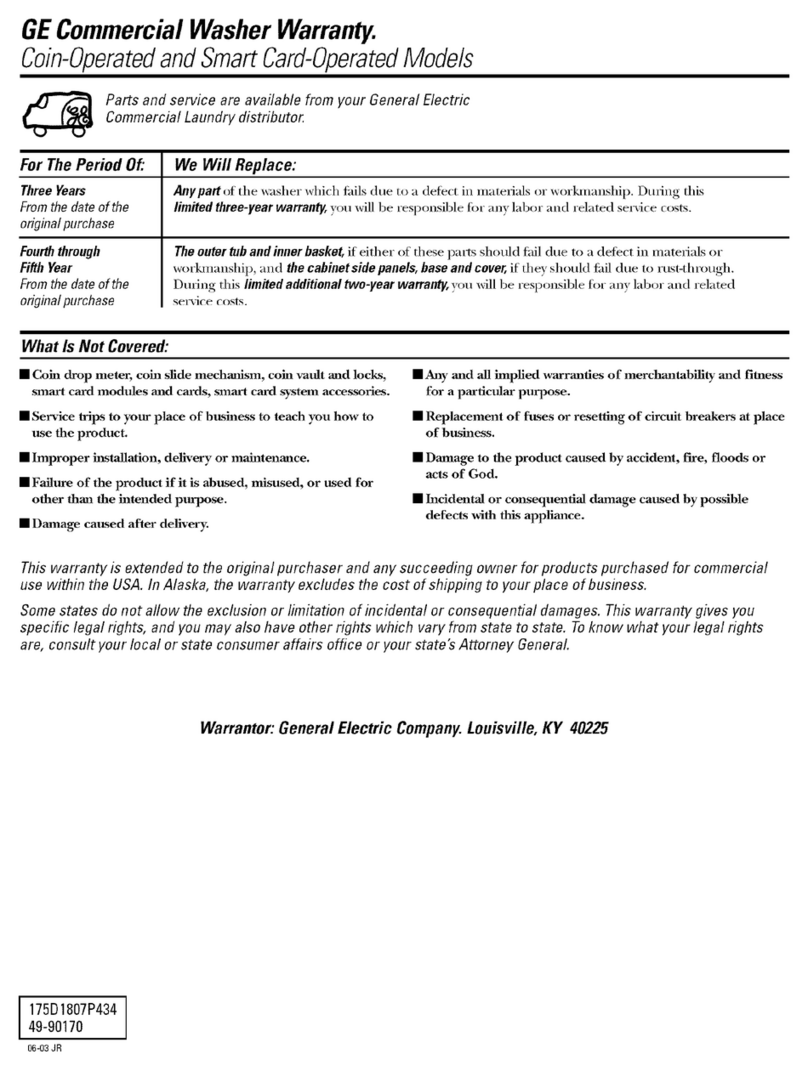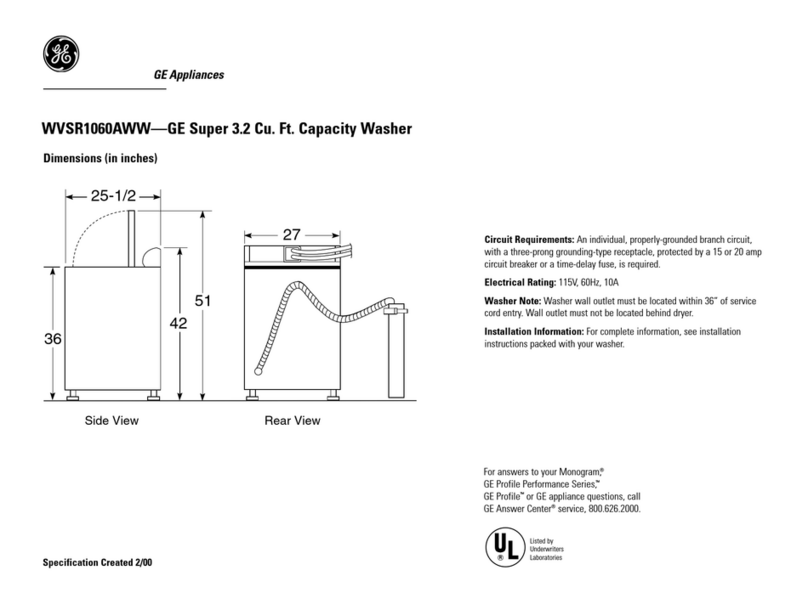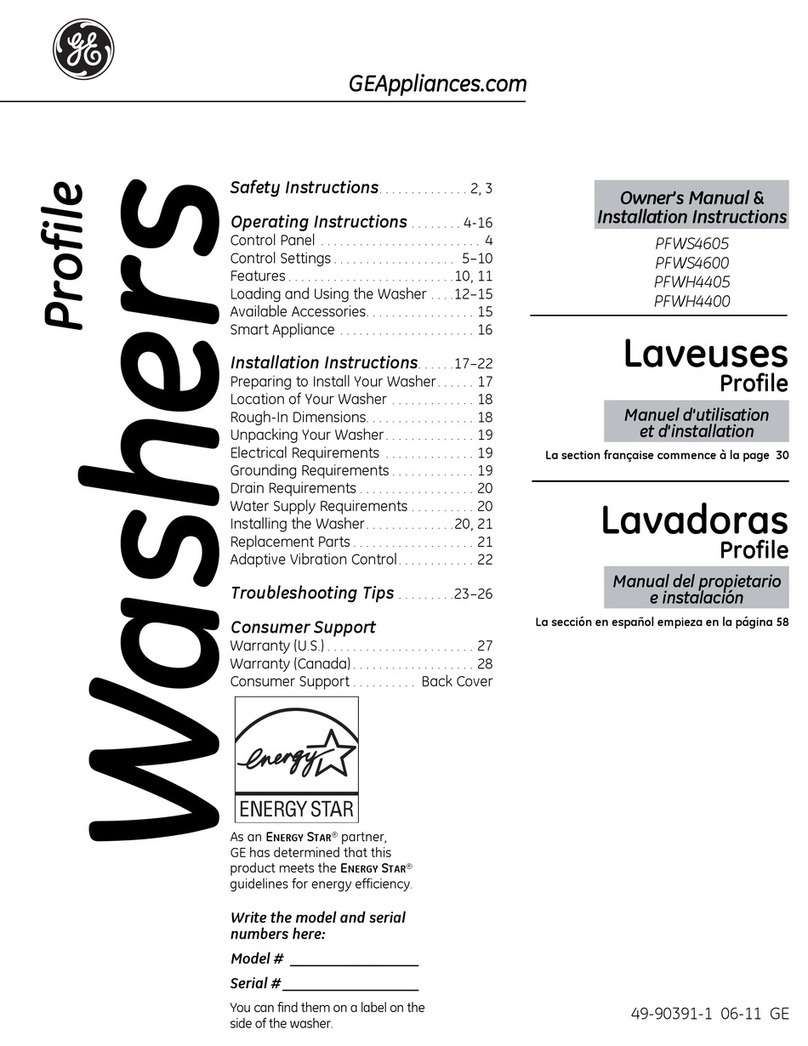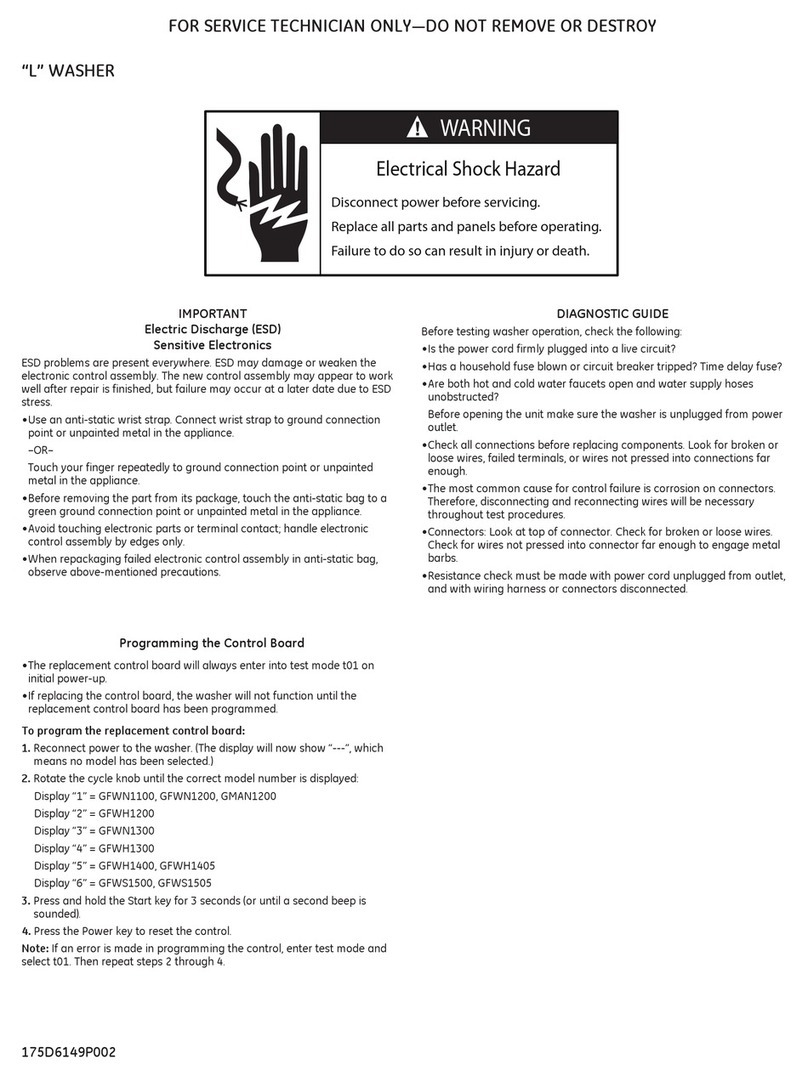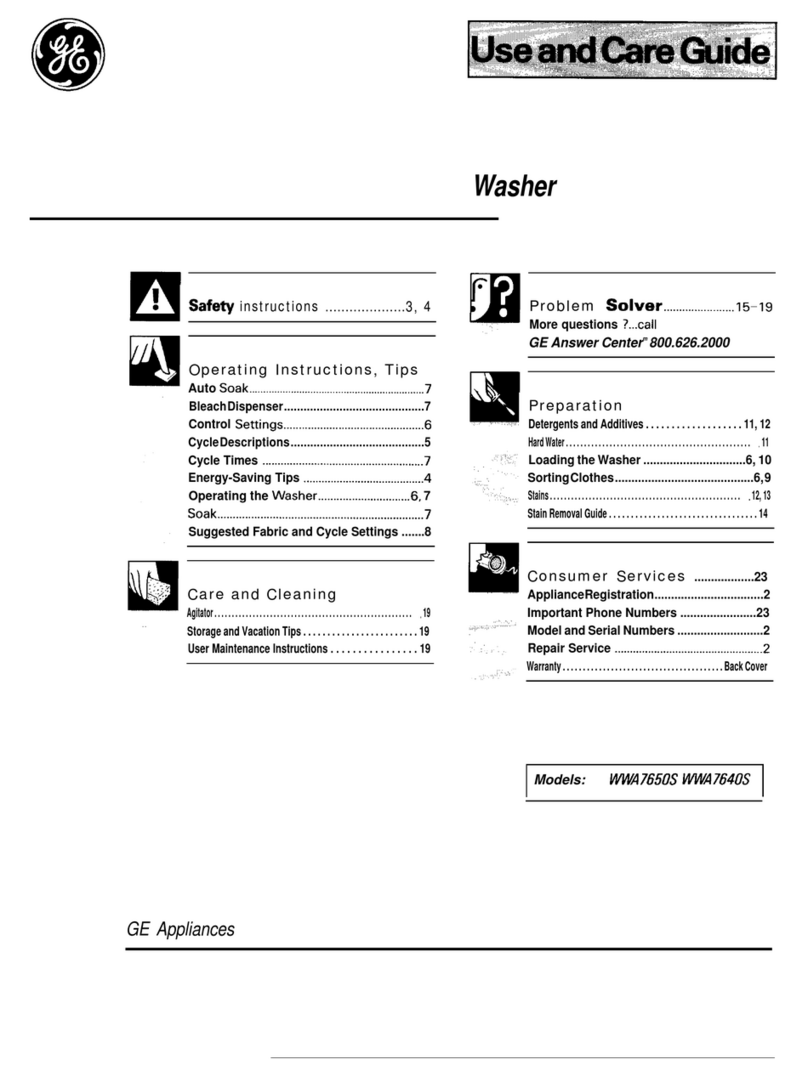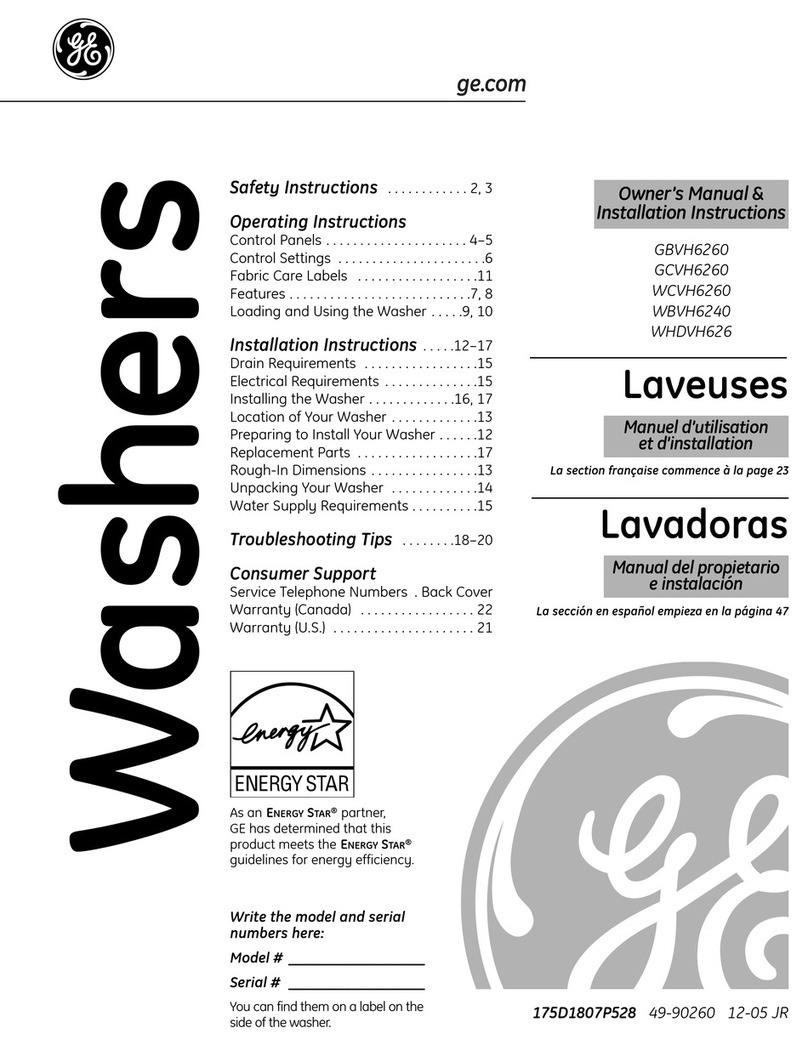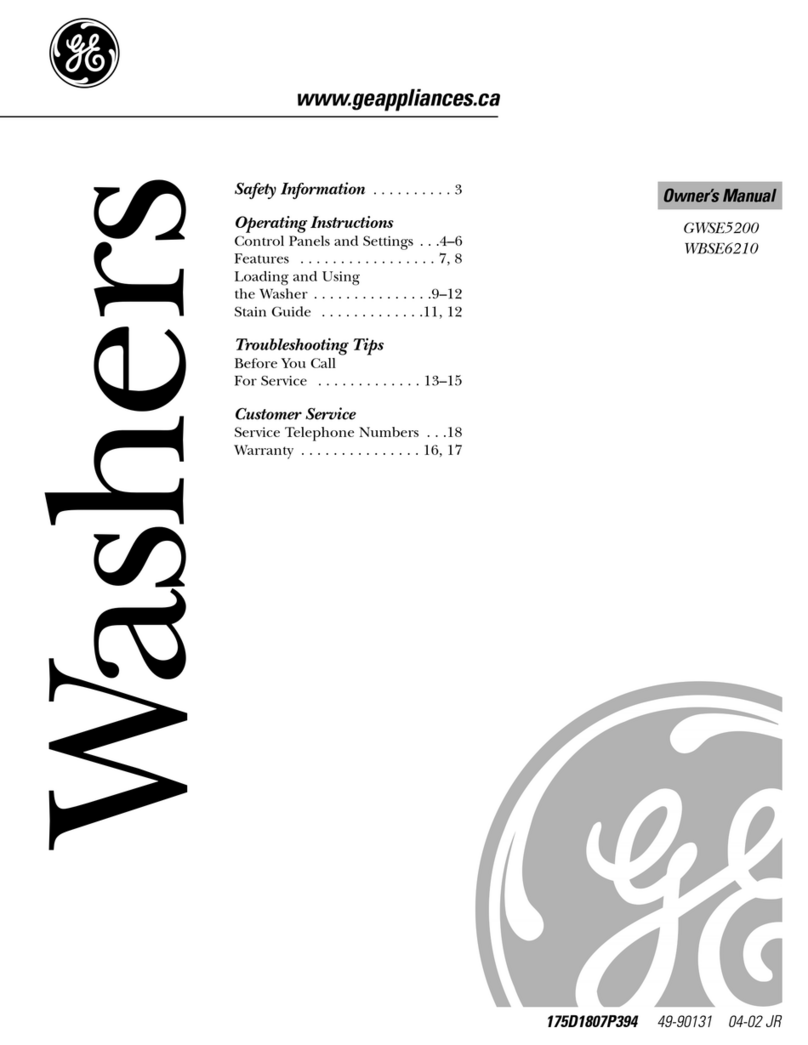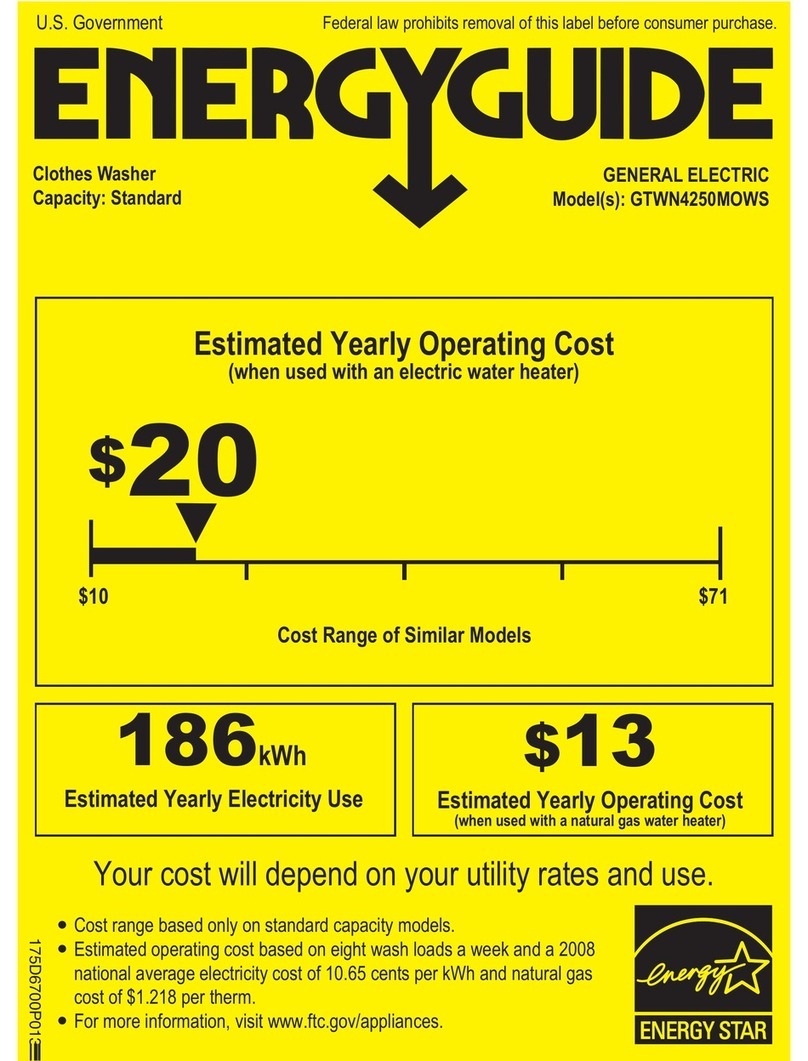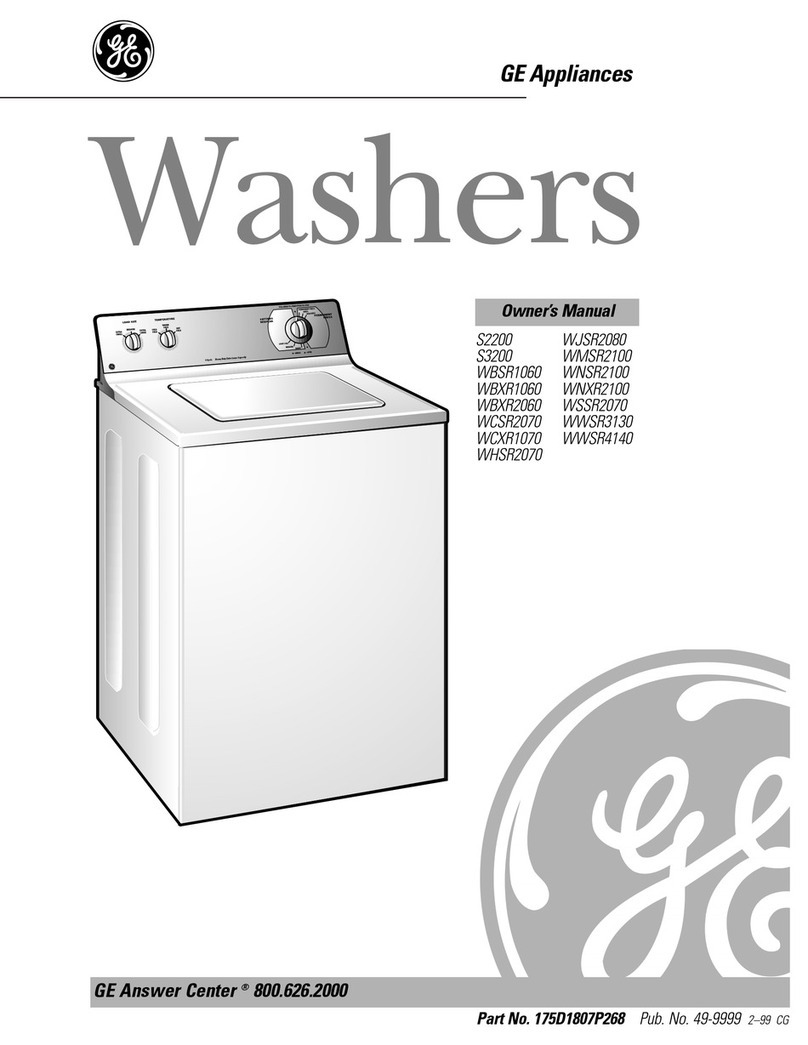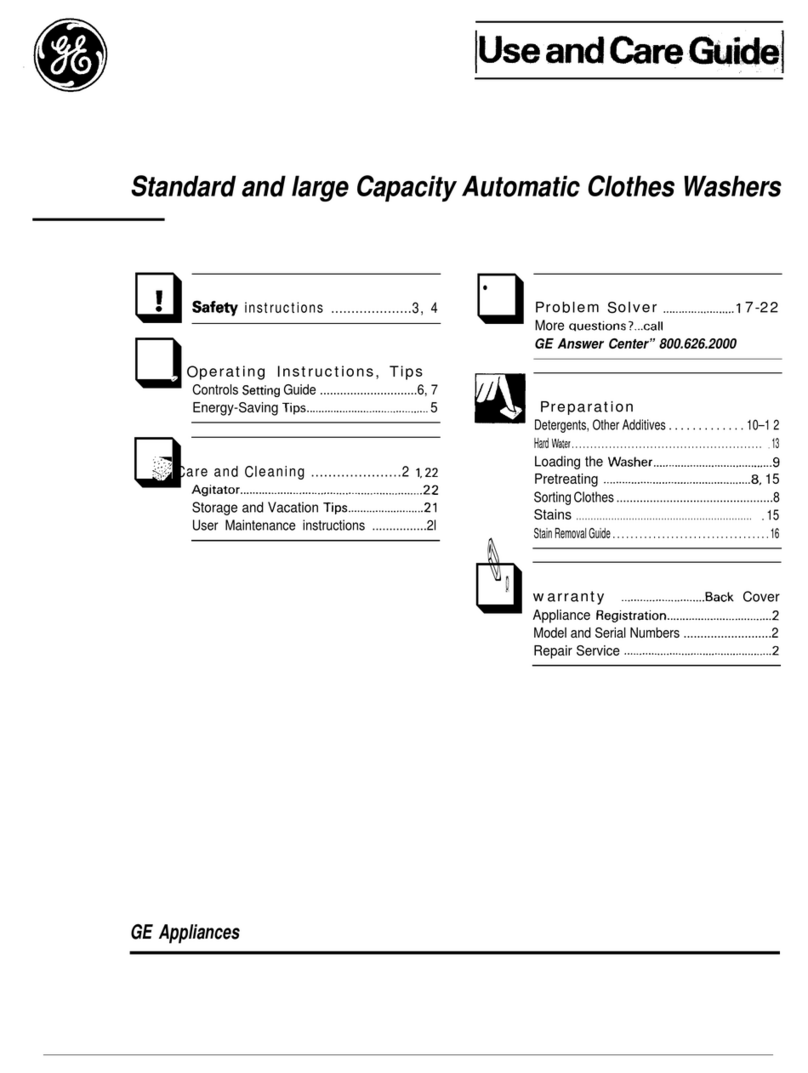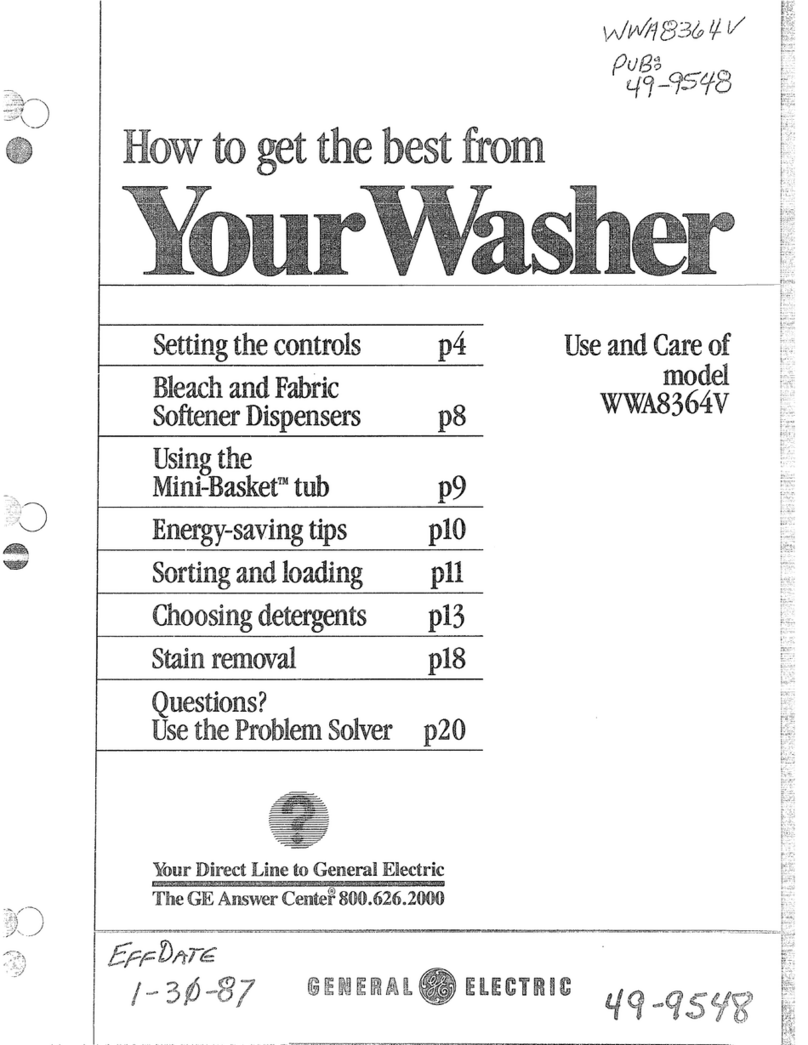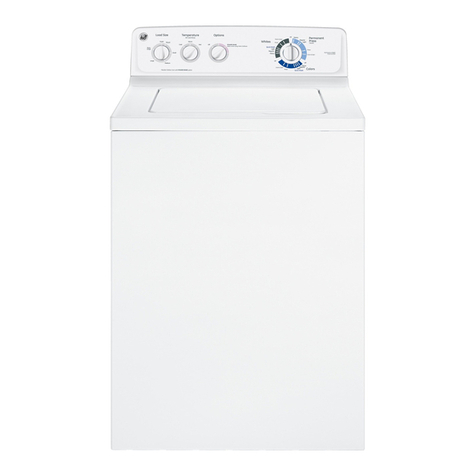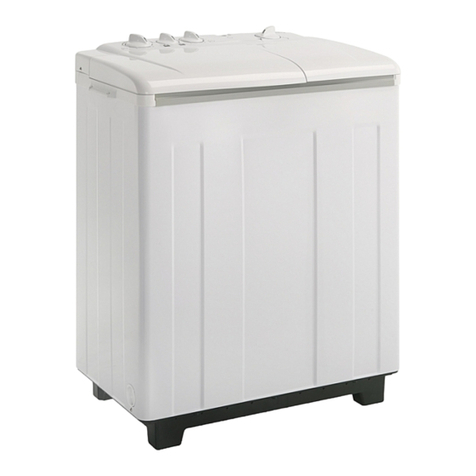
– 3 –
Table of Contents
AC Line Filter........................................................................................................................................................................17
Agitator..................................................................................................................................................................................13
Belt...........................................................................................................................................................................................20
Brake Test............................................................................................................................................................................. 36
Component Locator Views...........................................................................................................................................12
Control Panel ......................................................................................................................................................................14
Control Timer ......................................................................................................................................................................14
Control Features...............................................................................................................................................................10
Cover/Lid Assembly.........................................................................................................................................................19
Diagnostics and Service Information...................................................................................................................... 30
Drain Pump..........................................................................................................................................................................20
Front Panel...........................................................................................................................................................................19
Harness Fuse ......................................................................................................................................................................23
Inverter/Motor.................................................................................................................................................................... 22
Inverter/Motor Error Codes..........................................................................................................................................33
Inverter/Motor Test..........................................................................................................................................................35
Leveling Legs ......................................................................................................................................................................13
Lid Switch .............................................................................................................................................................................18
Mode Shifter Coil Test .....................................................................................................................................................35
Motor and Drive System................................................................................................................................................ 5
Nomenclature .................................................................................................................................................................... 4
Schematic ............................................................................................................................................................................37
Shaft and Mode Shifter Assembly ............................................................................................................................ 26
Shaft and Mode Shifter Overview ............................................................................................................................. 6
Shipping Rod.......................................................................................................................................................................13
Suspension ..........................................................................................................................................................................23
Temperature Selector and Options Switches...................................................................................................... 16
Tub Assembly .....................................................................................................................................................................24
Tub Cover.............................................................................................................................................................................. 24
Warranty ..............................................................................................................................................................................38
Washer Components......................................................................................................................................................13
Water Level Switch ..........................................................................................................................................................15
Water Valve.........................................................................................................................................................................17
